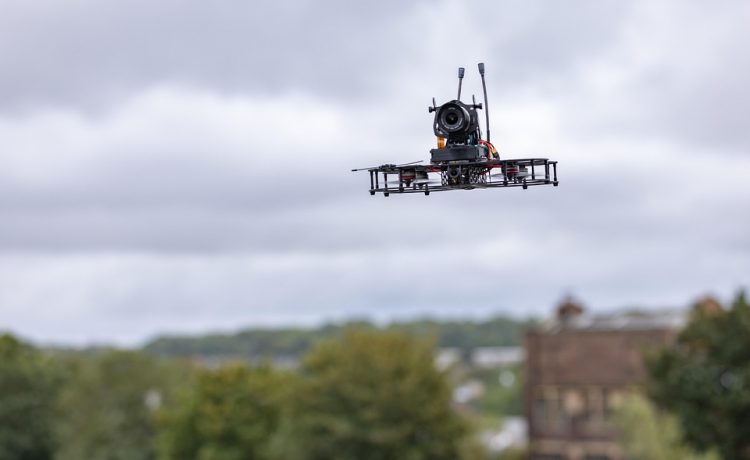In recent years, wearable technology has transitioned from a niche market to an essential part of our daily lives, particularly in the realm of fitness. With advancements in technology and a growing consumer interest in health and wellness, fitness tracking wearables have become sophisticated devices that can redefine how we approach our physical health.
The Rise of Wearable Technology
Wearable technology encompasses devices that are worn on the body, often integrating sensors and software to monitor various aspects of an individual’s health and fitness. From smartwatches to fitness bands and specialized clothing, these gadgets offer real-time data that empower users to make informed decisions about their physical well-being.
Key Features of Modern Fitness Trackers
The evolution of fitness trackers has led to the inclusion of various advanced features that make them invaluable tools for fitness enthusiasts and casual users alike. Some key functionalities include:
1. Heart Rate Monitoring
Continuous heart rate monitoring allows users to gauge their exertion levels during workouts, ensuring they’re training in the optimal heart rate zone for fat burning or cardiovascular improvement. Advanced models even offer stress level assessments based on heart rate variability.
2. Sleep Tracking
Understanding sleep patterns is crucial for overall health. Modern wearables have integrated sleep tracking features that analyze sleep quality, duration, and cycles, providing insights that can help improve sleep hygiene.
3. Activity Recognition
From walking and running to cycling and swimming, fitness trackers can automatically recognize various activities. This automatic recognition means that users don’t have to worry about starting and stopping their tracking; the device does it for them.
4. GPS and Navigation
Built-in GPS functionality allows users to track their outdoor activities without needing to carry a smartphone. This feature is especially beneficial for runners and cyclists who want to map their routes and monitor their distances accurately.
5. Integration with Apps
Most modern wearables come with companion apps that sync with the device, offering users a comprehensive dashboard of their health data. These apps can provide personalized feedback, community challenges, and even access to nutrition tracking.
Trending Wearable Gadgets
1. Smartwatches
Companies like Apple, Garmin, and Fitbit have turned smartwatches into multifunctional gadgets that not only track fitness metrics but also offer messages, calls, and app notifications. Their versatility makes them popular among users who want both functionality and fitness tracking.
2. Fitness Bands
Sleeker and less complicated than smartwatches, fitness bands focus primarily on tracking physical activity, heart rate, and sleep. Brands like Xiaomi and Fitbit have made these bands accessible, offering essential features at an affordable price point.
3. Smart Clothing
Innovations in fabric technology have led to the development of smart clothing embedded with sensors that can monitor metrics such as heart rate, breathing patterns, and muscle activity. Companies like Hexoskin and Athos are at the forefront of this technology, providing apparel that offers deep insights into workout performance.
4. VR Fitness Gear
Virtual reality is increasingly being used to enhance workout experiences. VR headset companies are introducing fitness applications that make exercising fun and immersive, helping users engage in activities like boxing or dancing while tracking their performance.
The Impact on Fitness Culture
The rise of wearable technology has significantly influenced fitness culture. The shift toward data-driven approaches has made individuals more aware of their health metrics, creating a culture of accountability and motivation. Gamified features, such as achievement badges and community challenges, encourage users to stay consistent with their fitness goals.
Furthermore, wearables have garnered attention from healthcare professionals, who see potential in using these devices for patient monitoring and intervention. The remote capabilities offered by these gadgets can assist in preventing chronic diseases and promoting overall health.
Challenges and Considerations
Despite their many benefits, wearable tech is not without challenges. Privacy concerns about data security and the accuracy of health metrics can deter some users. Additionally, the market is flooded with options, which can make it difficult for consumers to choose the right device for their needs.
Conclusion
Wearable technology is undeniably reshaping the landscape of fitness tracking, offering users unprecedented insights into their health and wellness. As technology continues to advance, the potential for these gadgets to promote healthier lifestyles is boundless. Whether you’re a fitness novice or a seasoned athlete, there’s no denying that wearable tech is here to stay, paving the way for a more informed and healthier future. As you embark on your fitness journey, consider integrating these cutting-edge devices into your routine to maximize your efforts and achieve your health goals.






